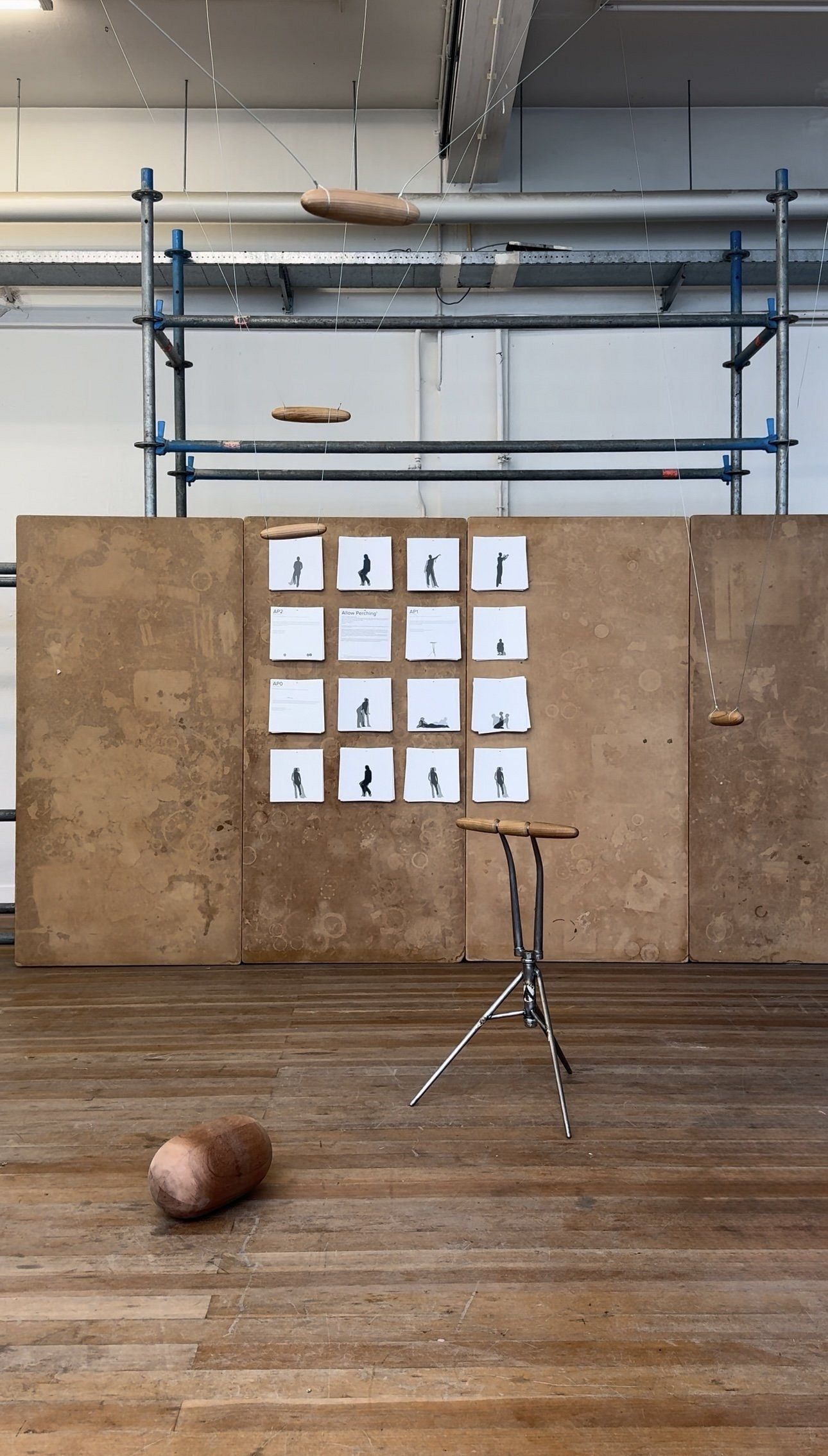
Sonya Levchynska
Keywords: Chair extinction, Bodily movement, Adaptability
Internship: MüllerVanTol
Allow Perching (1)
Pim: Not everything is about a chair.
I: Yes, it is. It is everywhere: schools, offices, hospitality venues (cafes, restaurants), hospitals, cinemas, theatres, religious spaces, public transport, cars, and airplanes. This means people use a chair to eat, read, write, paint/draw, watch, listen, rest, travel, and as a shape for a toilet. Yet, it can lead to extinction.
Pim: Whose extinction?
I: Humans'.
How do chairs lead to extinction? Chairs lead to human extinction because of their specialized (2) aspects—cultural, structural, and functional.
Humans are inherently prone to discomfort. Standing still, sitting, lying down, or even moving for extended periods without feeling fatigued can be challenging. As a result, we shift positions—transitioning from one posture to another—in response to our previous actions to alleviate these basic discomforts. The need for movement and changes in posture is automatic and instinctive; it reveals our bodies’ adaptability. The chair denies this adaptability. It naturalizes one posture and limits bodily movement, while other postures—such as squatting, kneeling, or sitting cross-legged—are exoticized, marginalized, or associated with poverty or discomfort.
The freedom of bodily movement is necessary. Objects for both action and rest—designed at varying heights to offer different spatial perspectives—communicate through physical interaction while remaining ambiguous in their identity as furniture. These aspects challenge the specialization that the chair silently upholds.
(1) Perch - to alight, settle, or rest on a perch, a height, or a precarious spot.
(2) The association between specialization and human extinction echoes Buckminster Fuller’s claim in the Operating Manual for Spaceship Earth that “extinction occurs through specialization.”
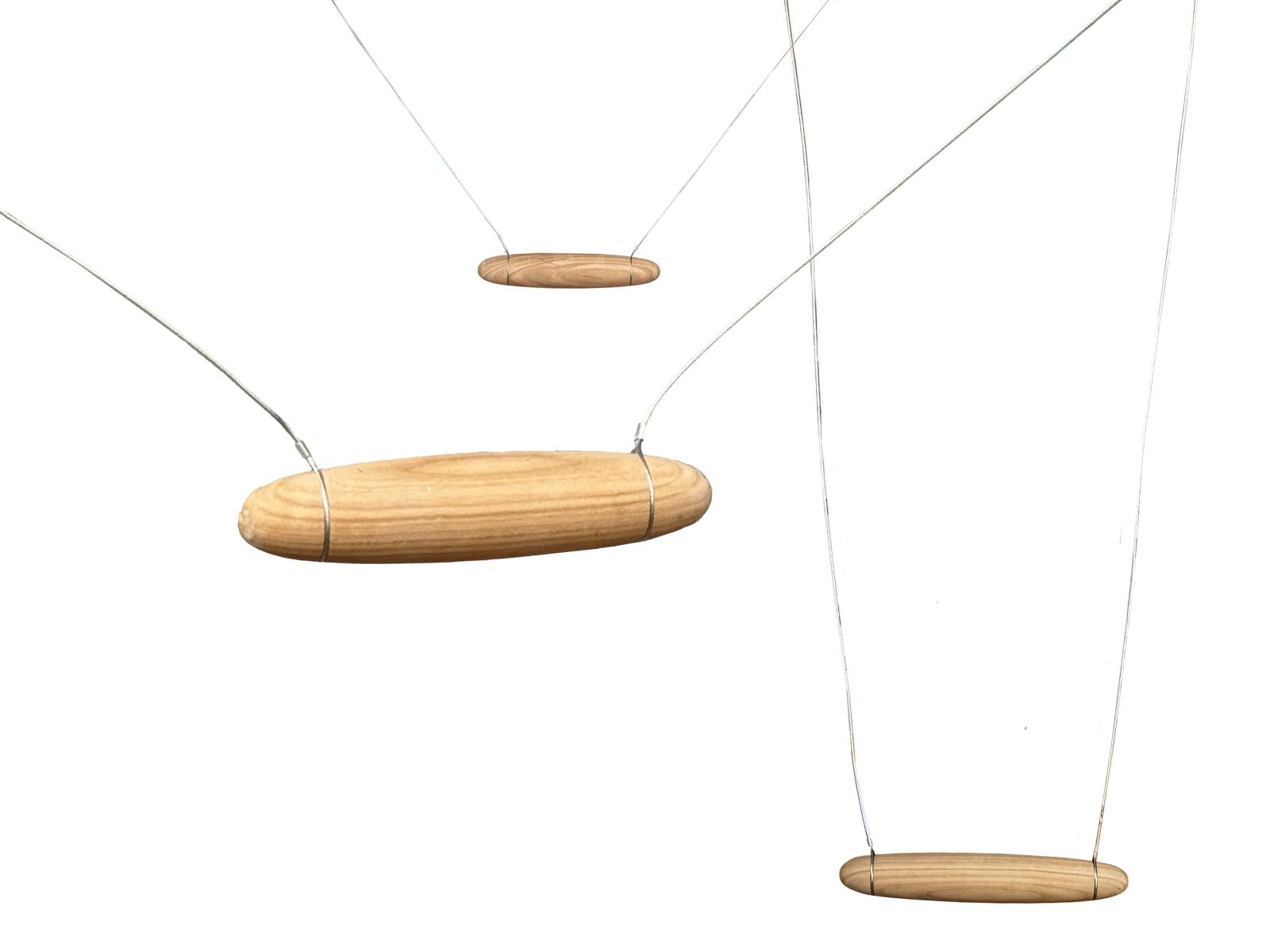
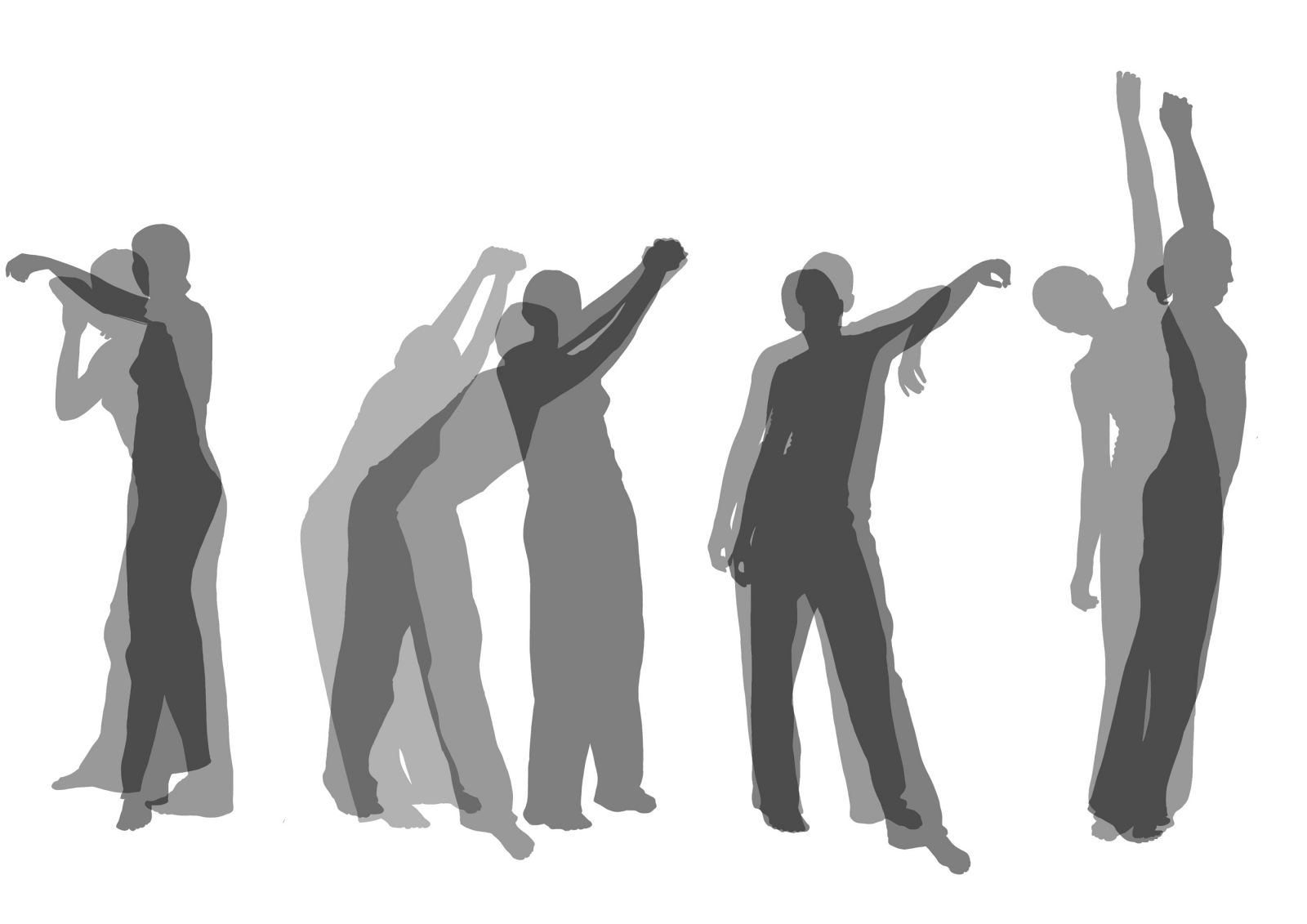
Material: waxed cherry wood
Dimensions: 26 cm X 5 cm; 20 cm X 4 cm
Technique: woodturning
*silhouettes as representations of users of a product
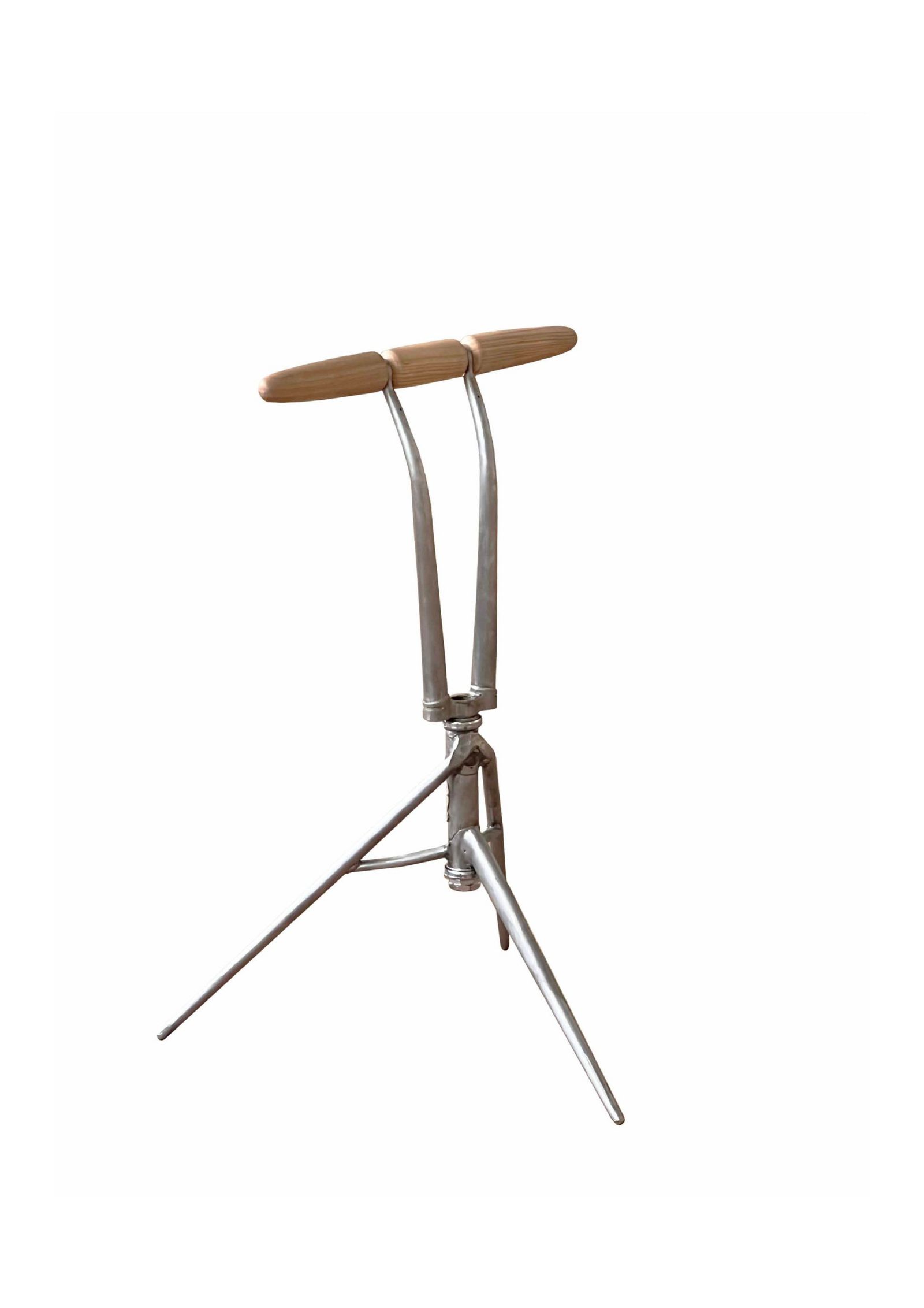
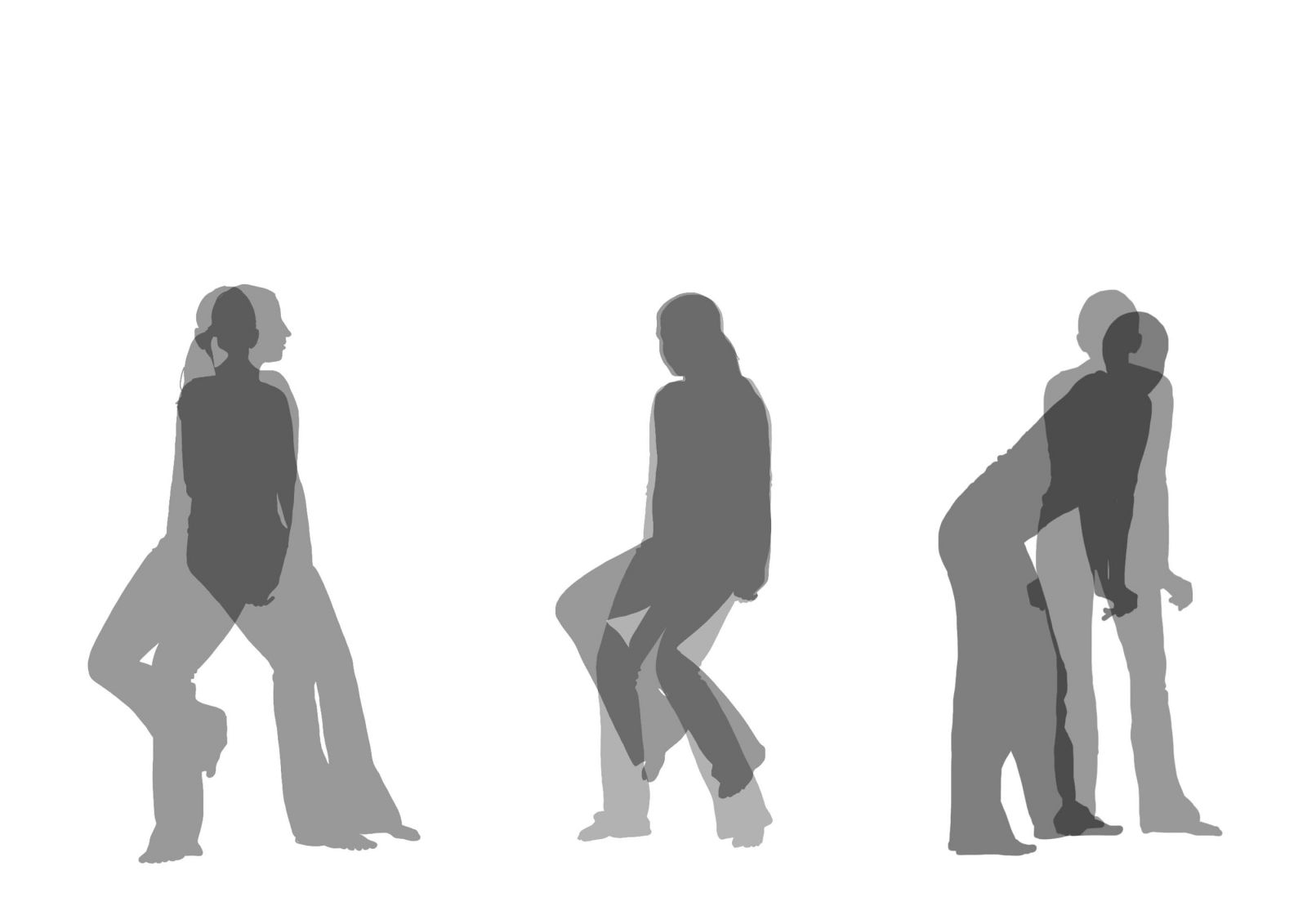
Material: bike frame, cherry wood
Dimensions: 38 cm x 75 cm, footprint legs 46 cm x 49 cm
Technique: welding, woodturning
*silhouettes as representations of users of a product
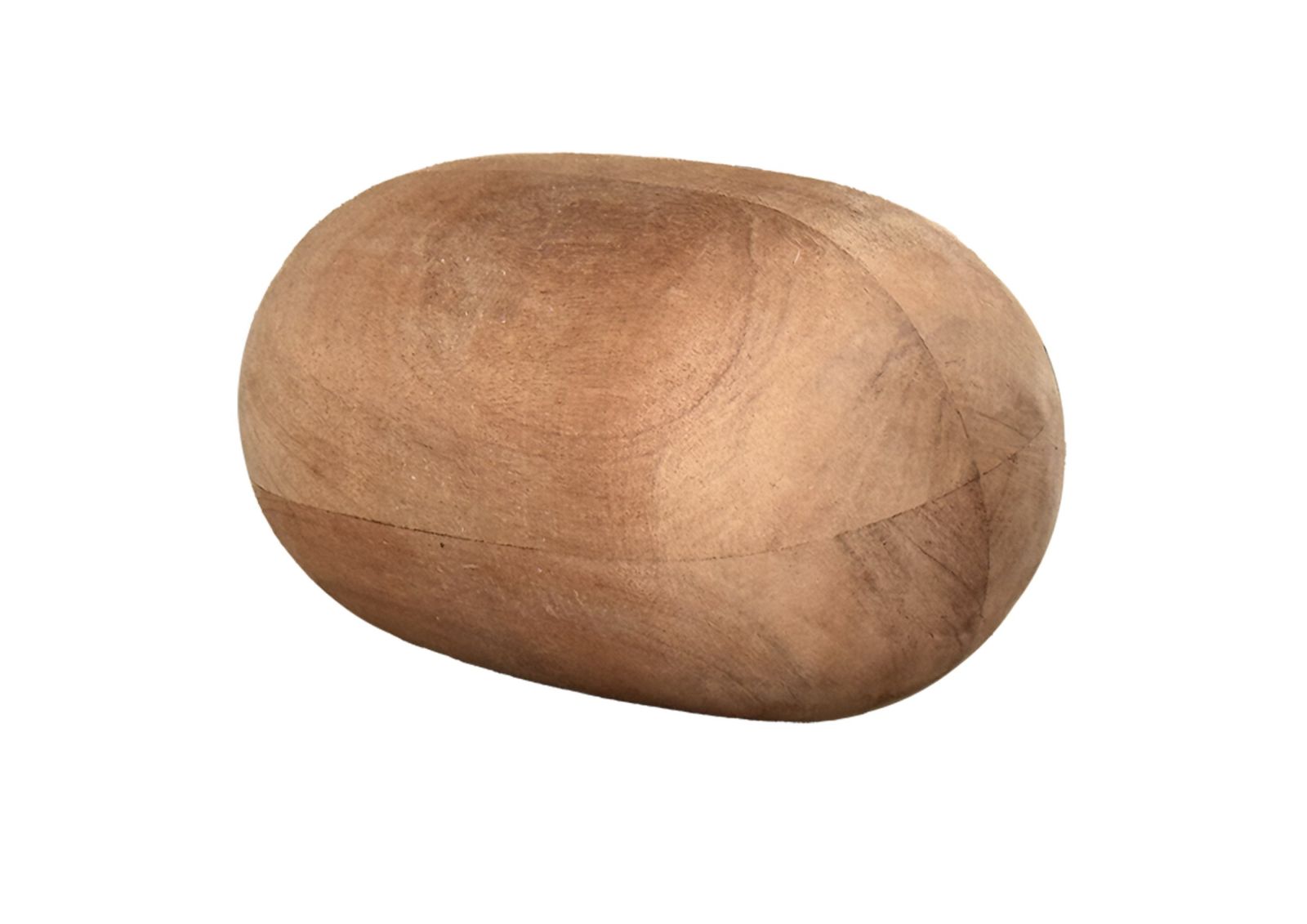

Material: waxed hardwood
Dimensions: 28 cm x 17 cm
Technique: woodturning
*silhouettes as representations of users of a product